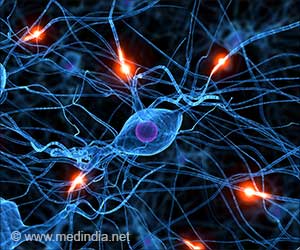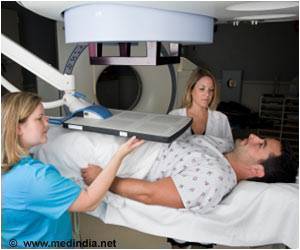A new research has found that physicians might be able predict which lung cancer patients will gain from chemotherapy drugs, through a common molecular pathway.
A new research has found that physicians might be able predict which lung cancer patients will gain from chemotherapy drugs, through a common molecular pathway.
Known as the retinoblastoma (RB) tumor suppressor, this essential molecule regulates cell proliferation in the body. Research has shown that the RB pathway is either entirely inactive or altered in most human cancers. Scientists are beginning to use its actions as a “biomarker” for how tumors will respond to different therapies.A multidisciplinary team at the University of Cincinnati found that “turning off” the RB pathway in lung cancer cells resulted in an altered response to chemotherapy agents and more cancer cell death.
“Dissecting the RB pathway will help us better understand how chemotherapy works and predict which patients might benefit from therapy and which ones won’t,” explains Michael Reed, lead author and assistant professor of surgery at UC and a thoracic surgeon at University Hospital.
“As pathways are further defined, we could choose agents that are targeted to an individual tumor’s molecular characteristics,” he adds.
For this laboratory study, Reed’s team shut off the RB pathway in human non-small cell lung cancer cells and exposed them to chemotherapy agents representative of those currently used to treat lung cancer patients.
Their results showed that when RB was turned off, the cancer cells continued to divide, but became more vulnerable to the drugs, so the tumours stopped growing.
Advertisement
“The traditional way of thinking of cancer—one cancer gene to treat and you’re done—is obviously not the best approach to treating this disease. These are complex, overlapping molecular pathways. Dissecting them and determining how to use that information to apply combinations of chemotherapeutic agents will allow for individualization of therapy,” he adds.
Advertisement
The findings of the study are published in the September 2007 issue of the journal Cancer Research.
Source-ANI
SRM/S











